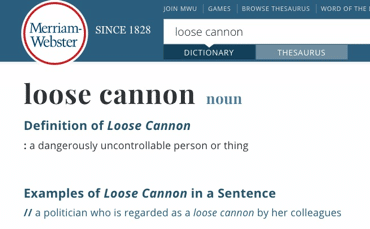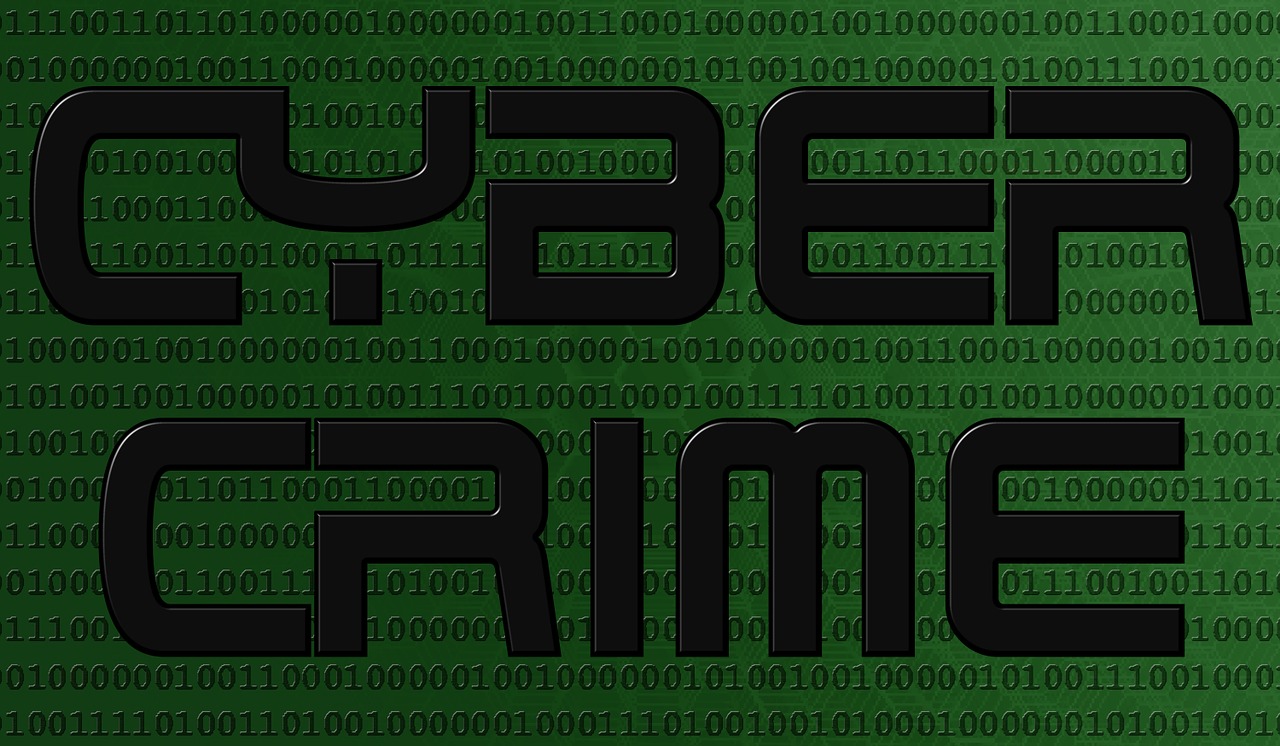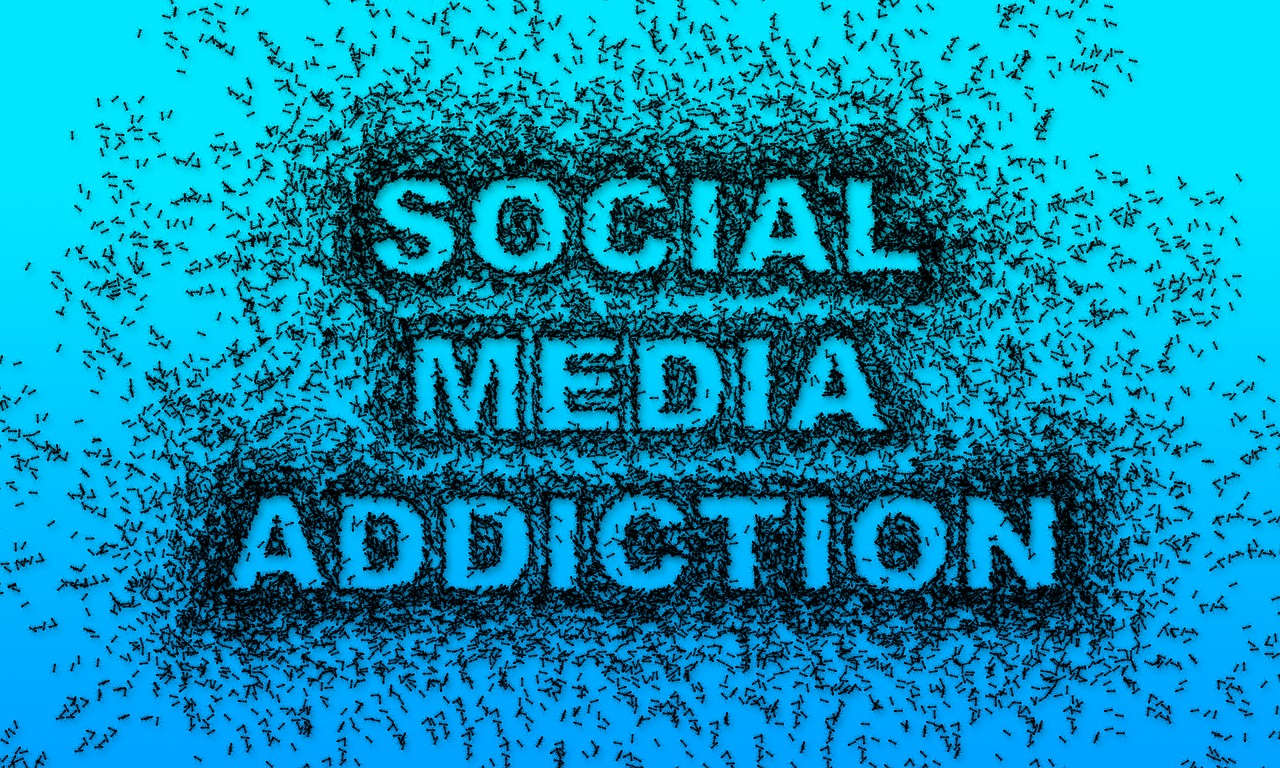By Jonathan Bernstein06
As Written for Arizona Attorney
Crisis: an unstable or crucial time or state of affairs whose outcome will make a decisive difference for better or worse (Webster’s New Collegiate).
Employees thought to be performing impeccably are suddenly charged with a felony. A major lawsuit is filed against Company X and the Arizona Republic prints all the allegations verbatim. A client informs you that a federal agency is investigating its activities. The Attorney General announces plans to take action against a particular company, or industry. All of these are very common crises to which Arizona attorneys have to respond. And, sometimes, legal counsel is on the instigating end of what becomes a crisis for another entity – a subject to be addressed separately in the future.
This is the first in a series of columns written to help Arizona’s legal professionals better understand the public relations component of crises, a PR specialty commonly called “crisis management” or “crisis communications.”
The reality of today’s sensationalist media and public environment is that, regardless of the legal merits of any crisis situation, perceptions generated from case onset through resolution can dramatically impact the reputation and economic welfare of your clients. Perceptions, which can be as helpful or damaging as “the provable facts,” can also impact the attitude of prosecutors, regulators and other audiences important to the legal process. The role of public relations, therefore, is to help stabilize that environment by developing messages and public relations strategy which results in prompt, honest, informative and concerned communication with all important audiences – internal and external. Strategy which must always defer to legal considerations without causing a client to play ostrich – because when one’s head is in the sand, other parts remain exposed.
In a criminal case, says Ed Novak, a partner at the law firm of Streich Lang whose practice includes white collar criminal defense matters, “PR is particularly important during the investigatory phase because you have a greater opportunity to influence how your client is viewed by the media. You want journalists to receive a positive first impression which hopefully will carry through the investigation. If you look like you’re covering up or stonewalling, the negative impression created will be difficult to erase.” But, Novak went on, PR also has distinct roles to play at time of charging, pre-trial and during a trial, to include an often-ignored component of working with a public relations professional.
“A crisis management expert can give me an objective layperson’s view of what I plan to show to a jury or prosecutor, often providing valuable criticisms or suggestions,” he said. Novak also noted that having a spokesperson other than legal counsel, one trained by a crisis PR professional, can prevent sometimes-overwhelmed attorneys from reacting inappropriately to eager reporters. For example, said Novak, “some people may view John Dowd’s confrontations with the press as having reflected poorly on both Dowd and his client, former governor Symington. This is bad for business.”
[Jonathan Bernstein is president of Bernstein Crisis Management, Inc., an international crisis management consultancy, author of Manager’s Guide to Crisis Management and Keeping the Wolves at Bay – Media Training. Erik Bernstein is vice president for the firm, and also editor of its newsletter, Crisis Manager]
We love to connect with readers on LinkedIn! Connect with Jonathan | Connect with Erik







